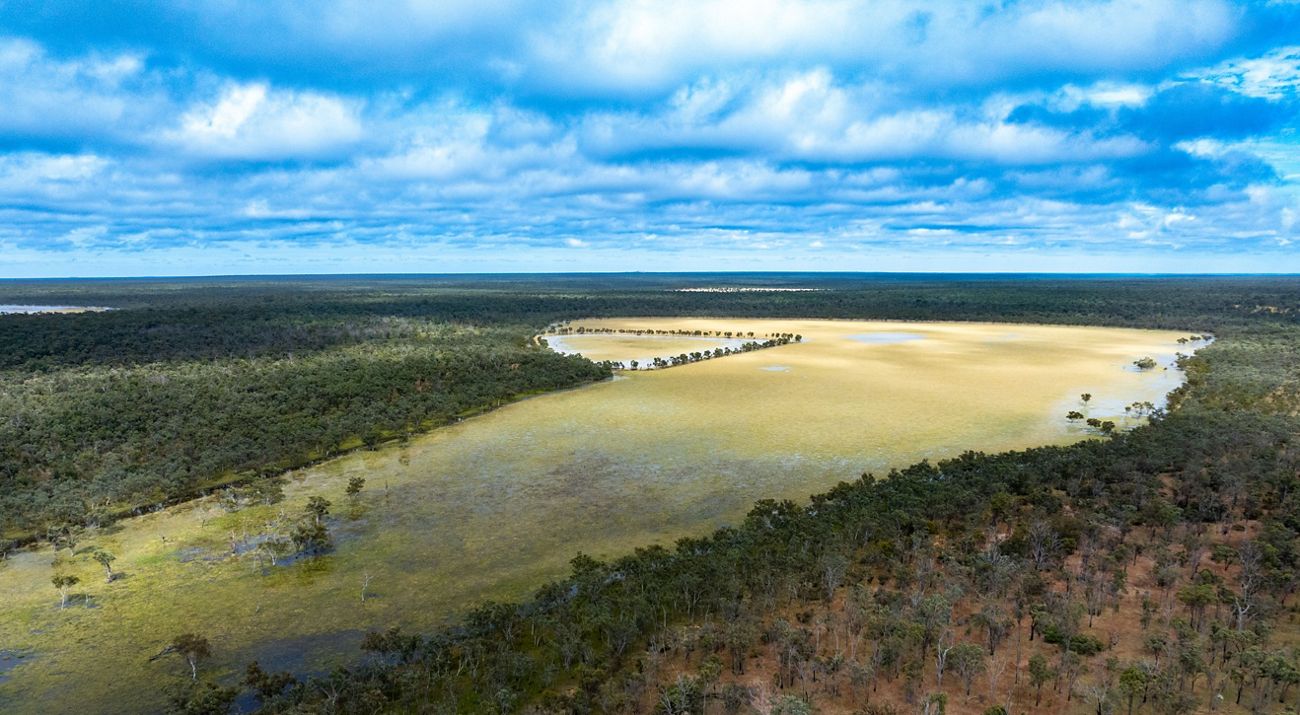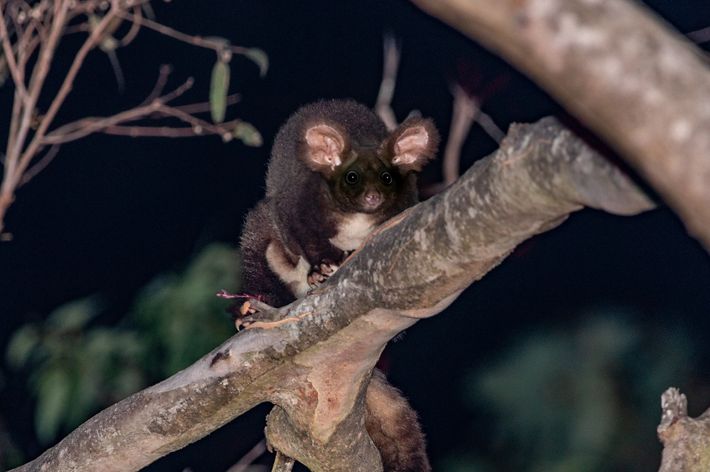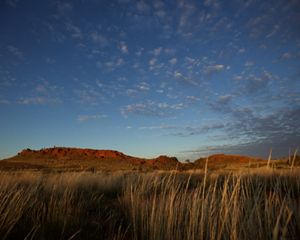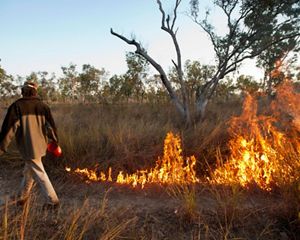
Australia's Commitment to 30 by 30: Essential Conservation at Scale
The Lakes National Park
This national park serves as a haven for biodiversity and a protection success story.
In 2022, The Nature Conservancy (TNC) assisted with the acquisition of The Lakes by the Queensland Government, protecting more than 43,000 hectares (106,000 acres) of significant conservation value habitat in Queensland. TNC's contribution was generously supported by the Wyss Foundation and Haley Mellin's Art into Acres initiative through Re:wild.
The Lakes National Park, which is on Gudjala country, increases protection of two bioregions, and formalises protection of a Wetland of High Ecological Significance.
A haven for wildlife
The Lakes is an important national park due to its location in a poorly protected region. It connects other protected areas and creates a haven for wildlife like the threatened Greater Glider and the Little Bent-wing Bat.
It has significant conservation value, including endangered regional ecosystems and ecosystems that have low or no protection in the existing protected area estate, such as the tall eucalypt forests dominated by Lemon-scented Gums, and Northern Cypress Pine woodlands. These forests support a high density of arboreal animals including Northern Greater Gliders and Common Brushtail Possums.
A Northern Great Glider walking along a tree branch
Fighting climate change with nature
Protecting areas like The Lakes is about more than just conserving Australia’s flora and fauna. It’s also a frontline in the battle against climate change.
Large ecosystems like forests and wetlands play a crucial role in carbon storage and ecosystems like those found at The Lakes National Park can store a lot of carbon.
Ensuring the health of landscapes like The Lakes National Park is one of the most effective ways to support natural solutions to address climate change and enables Australia to take a step towards its commitment to protect 30% of its lands and freshwater and 30% of its oceans by 2030.
Visit our Australia website to read more on our work to conserve Australia's lands and waters.
Stay in Touch
Get the latest updates on our work. Learn about how we are conserving Australia’s lands and waters through project updates and receive other great information.




